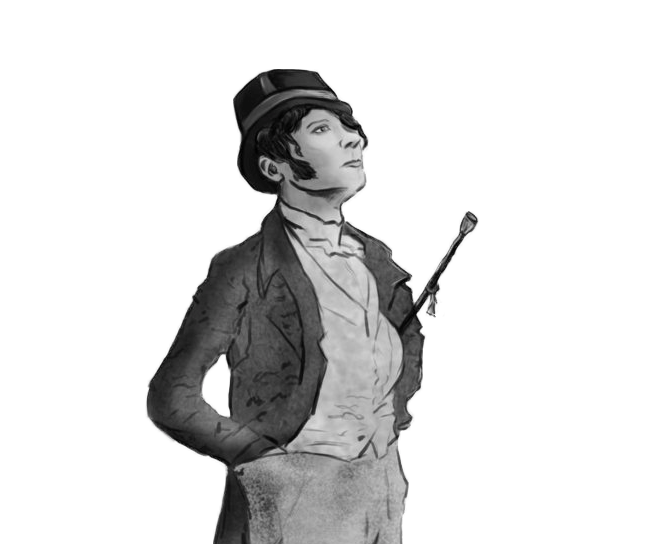
[…] An article about cliff-dwelling seagulls and the challenges they face helped shape my view of human nature. Small rocks are always falling down the cliffs and landing in the birds’ nests. That’s bad, because rocks can crack eggs and hurt chicks, so the gulls push them out of their nests. Sometimes eggs roll out of the nest and onto the rock ledge. The birds naturally pull escaped eggs back into their nests.
How do the gulls decide what to push out and what to pull in? Or to put it another way, how do bird brains identify stones and eggs? To find out, researchers put objects with various shapes and colors into the nests. The gulls pushed out anything with sharp, pointy corners. They apparently identify rocks by feel, ignoring color. Next the researchers put the same objects outside the nest to see how birds identified eggs. This time, the gulls ignored shape. They simply pulled in anything with the same brown and speckled color as their eggs.
To the scientific mind, this raised an obvious question: How would the birds respond to a brown and speckled cube? It’s pointy like a rock, but colored like an egg. Put this evil egg into a nest, and here’s what happens. First, the bird pushes it out, because of the sharp corners. Then the bird pulls it back into the nest, because of the color. Out of the nest and into the nest, all day long. Each individual act makes sense, but repeating to exhaustion does not. The birds can’t step back and see the big picture.
You might conclude that seagulls are stupid, which is true, but it misses the point. In their natural environment, with no sadistic ornithologists, the gulls’ simple rules work perfectly: sharp-equals-stone and speckled-equals-egg. Remember, birds fly, so the lighter their brains the better. Why carry extra baggage? Absent meddling scientists, these simple rules may be the best possible design.
What does this have to do with business or human behavior?
People also have instinctive behaviors, but unlike gulls, we no longer live in our natural environment. During most of our evolutionary history, humans lived in small nomadic bands with just a few dozen members; the most advanced technology was hide tents and flint arrowheads. No wonder we see so much speckled-egg behavior — behavior that seems meaningless and futile — in modern corporations that equip employees with BlackBerrys and Web browsers and pack thousands of them into small cubicles.
People get frustrated with the limitations of humans in a way that they don’t with physical objects. Someone who is building a bridge will ask: How wide is the river? What materials can I build with, and how heavy or strong are they? Bridge builders don’t complain that the river should be narrower or that cotton candy should have more tensile strength so they could build with that. They deal with the physical reality.
But with people, we often expect perfection. We get angry that people aren’t more rational, or more persistent, or more empathetic, or — whatever. If you are building a company, you have to deal with how people actually are. People are not perfect little cogs that you can bolt into place. Our human brains are absolutely amazing — full of insight and magic — and yet also deeply flawed, because they were designed for a different world from the one we live in today.
Good leaders must spot speckled-egg thinking and help people step back to see the big picture.
Excerpt from How to Castrate a Bull: Unexpected Lessons on Risk, Growth, and Success in Business by Dave Hitz
Dave Hitz co-founded NetApp in 1992 with James Lau and Michael Malcolm. He served as a programmer, marketing evangelist, technical architect, and vice president of engineering. Presently, he is responsible for future strategy and direction for the company. Before his career in Silicon Valley, Dave worked as a cowboy, where he got valuable management experience by herding, branding, and castrating cattle.
